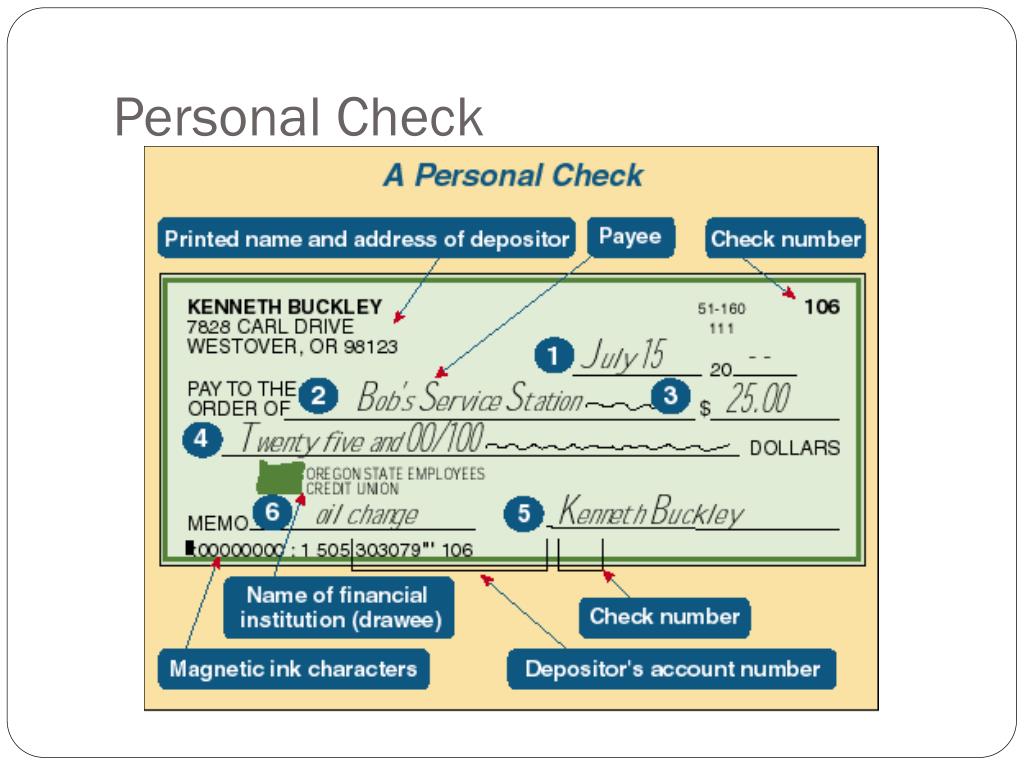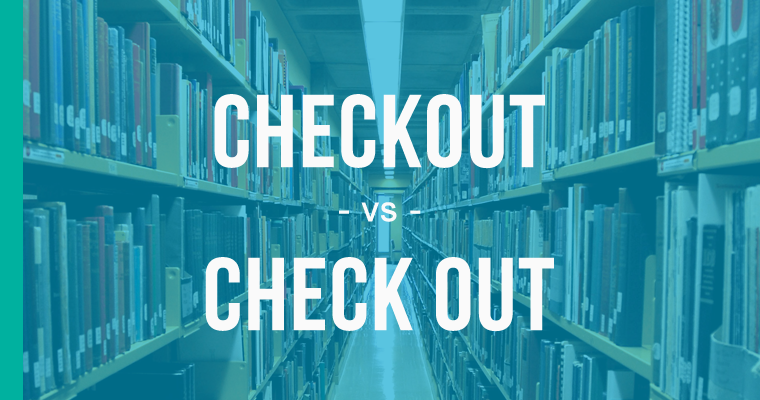

But you can create commits and create a new branch at that position afterwards. In this state, you don't get your custom label. These labels make commits more manageable and remember-able.Ĭheckout may put you in detached state. By doing so, it completes the concept of "being on a branch".Ī branch is just a movable label given to a commit that automatically moves to any newer commits that you commit. In addition to this, the latter ( ) also sets whatever branch you specified as the active branch. Nutshell: you usually want to checkout the branch, unless you have a specific reason to do otherwise.īoth checkout and checkout are same in that they will make any necessary changes to files and directories in your working tree so that it ends up looking the same as the state of files recorded by the commit specified by the or argument.
#Checkout vs check out how to
(You would lose track of it if you don't know about special things like the ref-log).Īs antak pointed out, you could make the new commit, and then create a branch at that point, but if you don't know the answer to the original question then you probably don't know how to do that, right? Either of these meanings is much more positive than that of the actual quote above.
#Checkout vs check out code
If you were to checkout some other branch at this point, you could lose track of that new commit. Instead, what the speakers most likely wanted to say is Our code is available online, please check it out This could either mean that the audience is encouraged to take a look at the code or to actually download it from a code repository server. If you just checkout by commit, and then make a new commit, you do not have a branch pointing to that new commit. If you’re mailing in a check to pay a bill, the company probably discloses their electronic check policy somewhere in the fine print of an agreement or on the back of your statement. This is usually what people want to happen. If you’re in a store, look for a sign near the registers saying they’ll turn your paper check into an electronic check. If you checkout by branch, then the branch pointer will point to the commit, and the next time you commit, the new commit will be added, and the branch pointer will move along with it. antak described it correctly in a post, but I want to emphasize the potential hazard, which is that you could lose track of new commits. They are distinctly different in an important way.


I disagree with the comments which say things like "they are the same" or "nothing bad will happen".


 0 kommentar(er)
0 kommentar(er)
